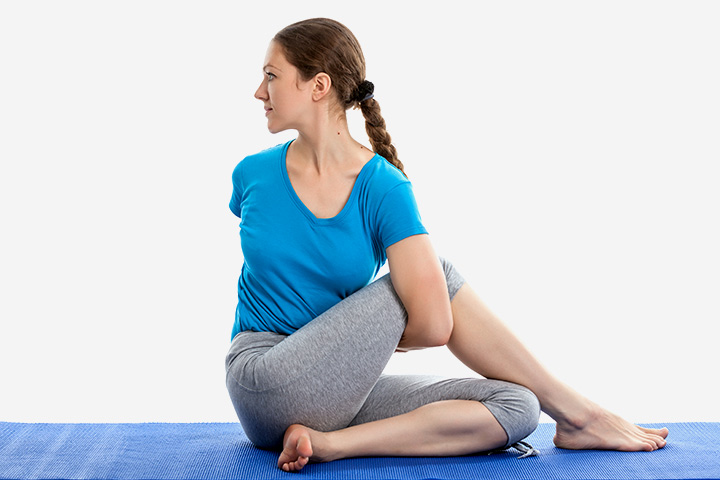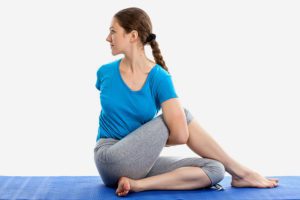Don’t Do Yoga at Home Until You Read This

 There are many advantages to doing yoga in a studio, but sometimes there’s no place like home. Learn why, where, and how to practice yoga in your own home.
There are many advantages to doing yoga in a studio, but sometimes there’s no place like home. Learn why, where, and how to practice yoga in your own home.
Why You May Want to Practice Yoga at Home
1. Customize your session. The most rewarding thing about doing yoga at home is that you can engage in deliberate practice. Focus on the specific areas where you want to make progress, identify your obstacles, and experiment with different solutions. Maybe you need to strengthen your triceps or stretch your quadriceps so you can do a full backbend.
2. Save money. On the practical side, frequent studio lessons can be expensive. Alternating between home practice and public classes could give you a lot more spending money.
3. Be consistent. It’s easy to miss classes because of business trips, snow storms, and sick children. Eliminating the drive across town allows you to squeeze in more sessions.
4. Build your confidence. Do you compare yourself to other students who look thinner or wrap their legs behind their head? Yoga is a gift you give yourself, but you might feel more comfortable without a crowd.
Success Strategies for Home Yoga
1. Designate an area. It’s great if you can dedicate a room to yoga, but even a bare wall and a few feet of floor space in a studio apartment will do. Consider covering thick carpet with a board to protect your wrists.
2. Play music. Many students find music helpful. Buy yoga music on CDs or create your own mix.
3. Use props. Expensive props aren’t necessary, but you may want to keep some simple items on hand in addition to your mat. Remember that books and blankets can stand in for blocks and bolsters. A mirror will help you check your form.
4. Stay warm. Moderately warm temperatures boost your energy and flexibility. Dress in layers or use a space heater if you feel chilly.
How to Practice Yoga at Home
1. Follow a sequence. It’s good to vary your session, but there are general guidelines to keep in mind. You’ll typically work large muscle groups before smaller ones. Similarly, you’ll want to work your way up to challenging peak asanas.
2. Take virtual classes. If you have trouble planning your moves, consult videos and books. There are plenty of free and inexpensive options.
3. Stay safe. Beginners can protect themselves by taking at least a few classes before going solo. Let teachers know about your health issues and ask for modifications suitable for sore backs or artificial hips. Learn to distinguish between harmless discomfort in your muscles and stress on your joints that suggests you need to back off.
4. Focus on your breath. Without a teacher around, you’ll need to remind yourself to follow your breath. Do breathing exercises during your main session or at another convenient time of day.
5. Cool down. Those relaxation poses at the end of each class may seem like a waste of time, but they’re actually very important. Your body and mind need balance and rest.
6. Be flexible.Give yourself credit for having the wisdom and discipline to start a home yoga practice. You’re bound to have some days when other obligations interfere with your plans, but even a few minutes of yoga will help you stay strong.
You can learn a lot from yoga teachers, but you’re the ultimate expert on your individual body and practice. Pull out your mat and do yoga at home to discover your own rhythm and realize your potential.
CLICK HERE to Explore/ Our Free Online Courses
Responses